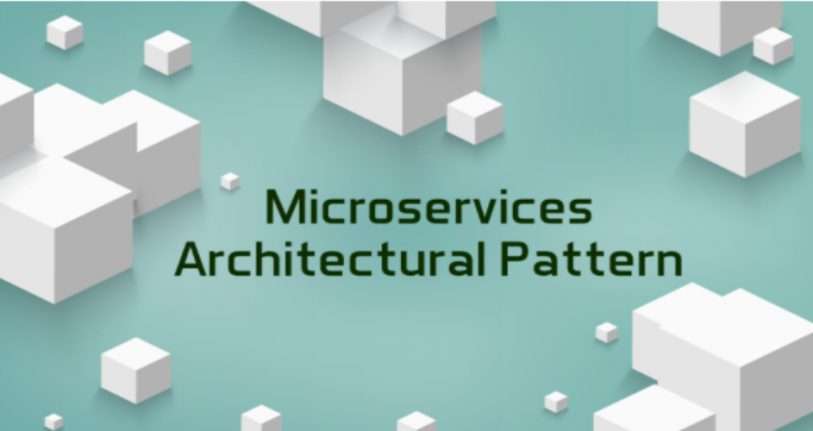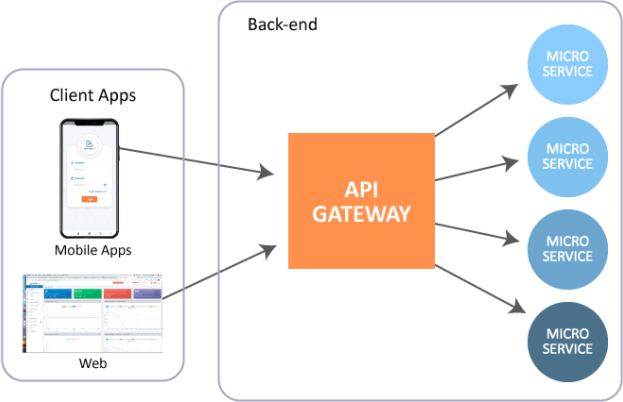
For the last couple of years, we have been developing systems with different technologies, architectural patterns, and design patterns to create robust software solutions. Microservices are emerging as one of the most famous architectural ways to build scalable systems these days.
So, What Exactly Are Microservices?
As the name suggests, it should be small, which means it would be focusing on a single function or module with well-defined business logic and interface. Some of the essential aspects of microservices are-
● It should be Independent, loosely coupled, highly maintainable, and testable.
● Each service has a different codebase so a little advancement group can manage it without any problem.
● Each service can be conveyed independently. So, whenever the business requirement changes or you add new functionalities. You can easily modify it and deploy it quickly without disturbing the application.
● You have the freedom to use several different technology stacks, frameworks, databases as per requirement.
● Microservice should be little enough that a single feature group can create, test, and deploy.
How Will You Access Microservices?
One of the most practical approaches to access microservices is using API Gateway client that can communicate with microservice. Microservices are hidden for clients and outer access they are trying to access only the API gateway. Instead of calling each microservice independently, the client can get to API gateway only an API gateway will forward that request to appropriate services.
What Are the Benefits of the API Gateway?
● As mentioned above, microservices have a single responsibility. So, you cannot authenticate all your microservices. Here API gateway comes into the picture. Allow users to access API gateway only. There should be one way only to access microservices which is API gateway. This way, it decouples clients from microservices.
● You can update or reversion service at any time quickly. Since each function is more or less independent, a module can be updated with great ease.
● You can eliminate repetitive functions such as authentication, logging, load balancing and all.
To manage all these microservices, you will need an orchestration management tool such as Kubernetes. Tools like this are responsible for deploying service on a particular node, redeploying services, handling failures, scaling specific use of an application, and so on.
The Advantages of Utilizing Microservices
● In the monolithic application, as the system gets complex, you will have more dependencies and a huge codebase which is challenging to maintain. As microservices have a single responsibility, you will have a small codebase. Adding new features, dependencies are more manageable and does not affect the whole business software.
● Microservices are independently deployed. In this way, delivering new highlights, bug tackling is simpler as you don’t have to redeploy the entire application. You have to deploy that service only. You don’t need a large team. Monolithic apps need larger groups to develop, and this makes it less productive because communication is slower, the management overhead goes up, and agility diminishes.
● If one microservice fails, it will not disrupt the whole application flow. Only A particular feature won’t be available. But microservices are designed in such a way that handles fault correctly.
● The significant advantage of microservices is scalability. It can be scaled independently. Instead of scaling an entire application, It is allowing to scale particular one function only that require more resource which allows for more efficient utilization of resources.
Challenges Faced When Using Microservice Architecture:
There are a few challenges one faces before establishing a microservice architecture. They are as follows-
● The microservice application has more moving parts than an equivalent monolithic application. Each service can be simpler, but the whole system is more complicated.
● Writing small independent services which are dependent on other services is more difficult.
● You may use different languages and frameworks for building microservices that makes application hard to maintain.
● Each microservice is responsible for its data persistence where data consistency would be challenging.
● For successful microservice architecture, you will require a mature DevOps culture
● While adding a new feature or updating on service should not break other services which is dependent on it.
● Microservices are highly distributed where you will need an experienced skillset to be successful.
These are the several aspects that one should take into account when considering microservice architecture and how to employ it to create a modern, highly scalable application. If You are a beginner, start with one or two microservices, add each of these in your application, learn from it, and with the time, experience and requirement add more. I wish you all the best for this exciting microservice architecture journey.
